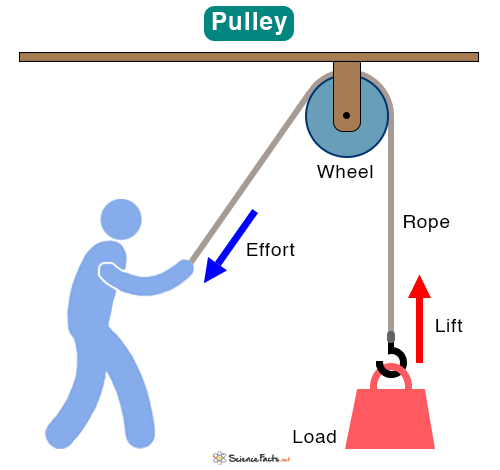Can Cats Survive Terminal Velocity?
Cats have a unique tendency to survive a fall. When a cat jumps or slips from a tall building and lands on flat ground, it can absorb the impact of landing. The reason is that a cat’s terminal velocity is sufficiently low and much less than a human’s. The following equation gives the terminal velocity.
\[v_{T} = \sqrt{\frac{2mg}{C\rho_{air} A}} \]
Let us calculate the terminal velocity of a cat using the following values.
m = 5 kg
ρair = 1.29 kg/m3
C = 1.1
A = 0.1 m2
g = 9.81 m/s2
Plugging them in, we get
Thus, a cat has a terminal velocity of approximately 60 mph.
A cat can sense when she is accelerating, and her instincts kick in. She will rotate and let herself to a position to brace for landing. Past studies have shown that a cat falling from a 32 stories tall building will achieve terminal velocity until she has fallen through a height equivalent to five stories. During the fall, she relaxes by splaying her legs and taking the spread-eagle stance. This position gives her a large surface area, brings her to terminal velocity, and allows her to absorb the impact.
-
References
Article was last reviewed on Wednesday, June 22, 2022







